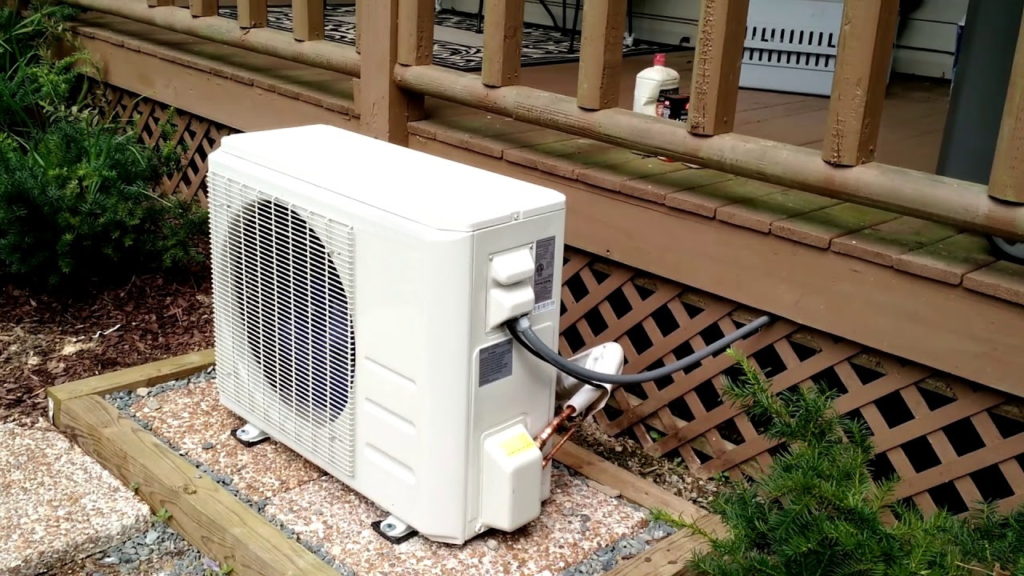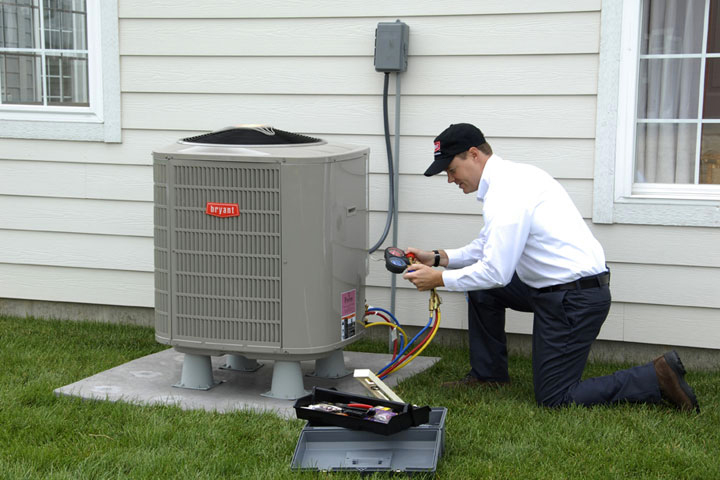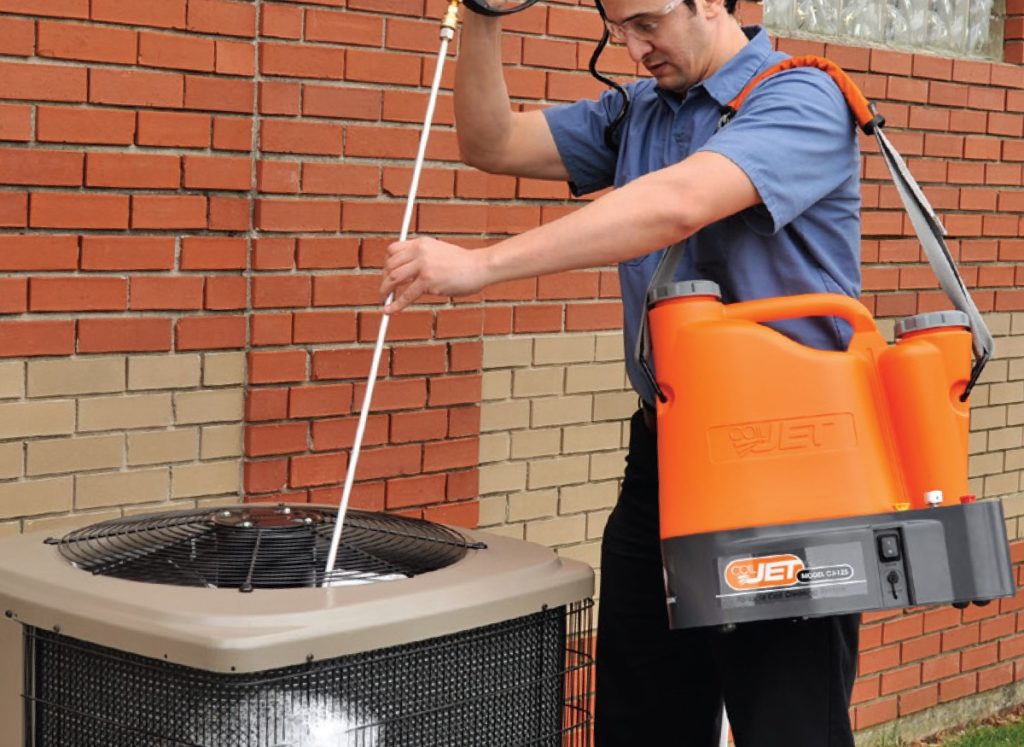

As seasons change and the weather becomes hotter or colder, you need to adjust your heat pump thermostat settings. Keeping the settings, the same would only leave you too hot, or too cold, or you might end up wasting energy and increasing the electricity bill.
Your thermostat is responsible for keeping the climate in your home comfortable while the climate outside continues to change with the seasons. This is why you need the best heat pump thermostat settings for all seasons, to keep energy consumption and heating bills at a minimum.
In this guide, we would explore the best heat pump thermostat settings, maintenance tips, and how to save money.
Heat pumps are different from other kinds of furnaces because they help in regulating your home temperature with electricity alone, meaning you don’t have to worry about sudden changes in temperature as it is with furnaces working with propane or natural gas. Compared to traditional forms of heating, heat pumps are also eco-friendly.
If you adjust the temperature by two degrees or less, the heat pump would meet that setting gradually and maintain it, rather than jumping to it suddenly.
But, if you increase or decrease it by three degrees or more, the heat pump would engage an electric resistance heating element to make it meet the new temperature moderately. But, using your heat pump requires that you program the temperature regularly. You can do so with a thermostat.
Most smart thermostats are compatible with heat pump systems, but you have to check the features of the former before you purchase it. The best heat pump thermostat should tick the boxes that make it compatible.
You can follow these steps if you want to set up a thermostat, although if you buy a new one, it’s best to call a technician to install or replace it.
The thermostat control panel can be usually found in the central place of the house, where the system can check the temperature of the surrounding air and decide to turn on or off the heat or cooling based on this. You can identify it by the panel with a dial/digital screen and different buttons. The thermostat would display the current temperature and the desired temperature.
Whether you’re working with a dial or buttons, you can follow the manufacturer’s instructions to get adjust your desired temperature. Whether you want it warmer or cooler, you can increase or decrease the degrees of the thermostat. Later in this guide, we would cover what the best settings are for the winter and summer months.
If you use a heat pump furnace in your home, you should have to set the heat option on your thermostat so the heating mechanism can kick in. If you use the off or cool settings, the heat pump would lower the temperature and cool the house instead.
Don’t abandon the thermostat until the next time you’re too hot or too cold again. Instead, check back in an hour to see if the thermostat is working and meeting the new temperature that you set, especially if you’re using a non-programmable thermostat. If it isn’t working, you might have to call an HVAC technician to repair or replace your thermostat.
The video below shows how to set up a programmable thermostat.
When the winter months come, you have to make your house feel warmer, but once summer arrives, you’ll go back to the thermostat to cool up the house. It’s usually hard to get the best heat pump thermometer settings that would also save your energy bills and prevent you from adjusting the thermostat too often. Here are the recommended settings.
The recommended heat pump thermostat settings Trusted Source Thermostats | Department of Energy In most situations, a programmable thermostat can save you money without sacrificing comfort. www.energy.gov for the winter months, according to the Department of Energy, is 68°F. This setting would help you achieve warmth and comfort, as well as save money on the energy bills during winter and fall. This setting is best during the day and when your home is occupied.
But at night, you can set back the temperature of the heat pump by a few degrees, perhaps two or three, to save energy and increase efficiency. Don’t reduce the setting on your heat pump drastically during winter, as this would decrease the efficiency of the heat pump.
Instead, keep the temperature consistent, because heat pumps need extra attention as the winter months become colder.
Once summer comes, the recommended heat pump thermostat setting that would keep you warm and save energy is 78°F, also according to the Department of Energy. This setting is for when you’re home, so if you go out, you can change it to 88°F, except if you have pets. If you leave pets in the house, set it a bit lower than 85°F.
Keep in mind that for every degree higher you set your thermostat during the summer months, you save about 8% of your energy bill. So, reducing your thermostat to lower degrees that seem cooler might look like a good idea, but it can lead to a large bill.
Apart from increasing the thermostat often, you also have to maintain it. Through constant maintenance of your heat pump thermostat, you can save money on constant repairs and replacements. Here are some tips to keep in mind to properly maintain your thermostat.
Your heat pump thermostat should remain clean, like every other part of your home. Don’t allow the build-up of dust or insects around, as this can damage the system and lead to a whole replacement. So, as you clean around the house, remember the thermostat. And whenever you service the heat pump, tell the technician to check the thermostat too.
The thermostat cannot be installed anywhere. Always check if any chairs, other furniture, curtains, and other décor are covering the thermostat. You should also install it away from appliances, fireplaces, windows, cooling and heating registers, lighting, doorways, and skylight. Keep it on an interior wall instead.
Smart thermostats take away the need for many types of maintenance, so they are convenient to use and maintain. They are also cost-effective. Also called programmable thermostats, they can automatically increase or decrease the heat in your home based on the temperature, so you don’t have to check back often.
If you notice something off with your thermostat, don’t pick up the toolbox and attempt to fix it except you’re a technician. Instead, call a professional for help. You should also let the experts take care of technical maintenance.
During the winter and summer months, there are different ways to save money on the electricity bills incurred by the heat pump and thermostat. You can stay warm and retain heat, or remain cool and save money at the same time.
For Winter:
You can set back the temperature a bit to reduce the usage on your heat pump and do the following.
For Summer:
You can save money without worrying about becoming too hot when you increase the temperature of the thermostat by doing the following.
Once you know the right heat pump setting to use for any season, you can stay warm or cool without wasting money on the electricity bill. You should also combine the ideal heat pump system with the best heat pump settings to enhance your energy-saving aim.
Apart from setting the right temperature and keeping yourself and your family comfortable, you should also remember to constantly maintain it and find ways to save money. If you’re having any trouble with your thermostat, check the manual first and if you still need help, call a professional technician. And if you’re looking to upgrade, it’s always best to use a smart thermostat.





